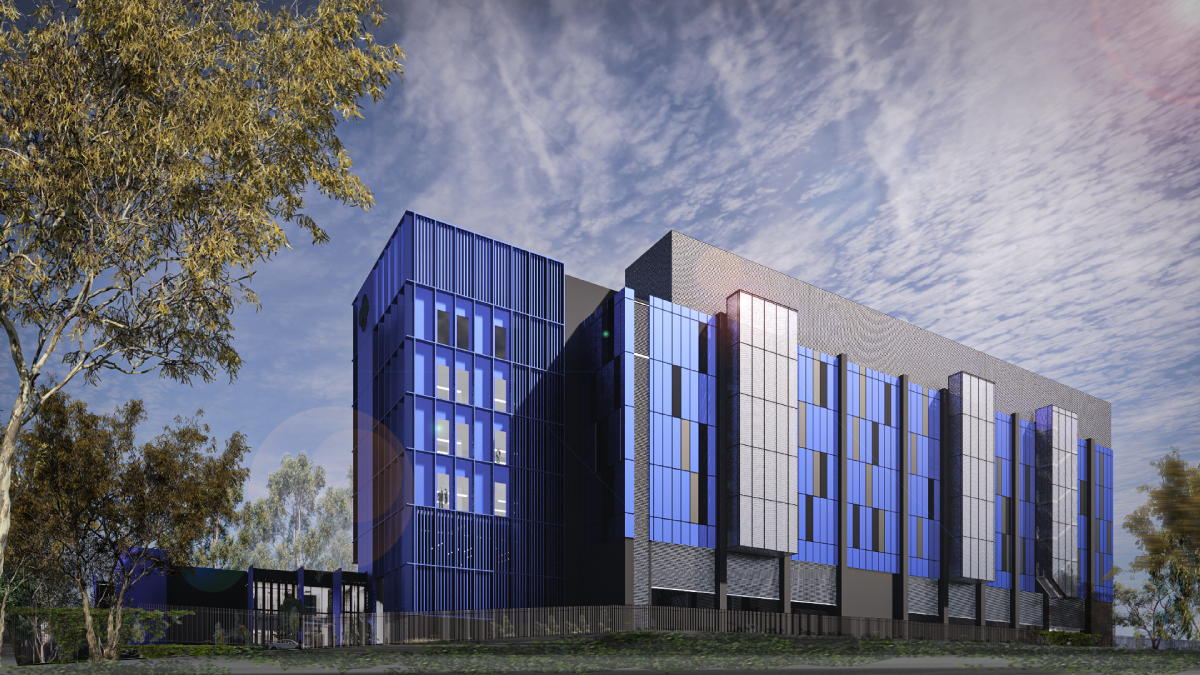With the current backdrop of a rapidly expanding sector, Marcin Bala, CEO of Salumanus, discusses the current trends and future of hyperscale data centres.
According to Synergy Research Group, by the end of 2023, the number of hyperscale data centres surged to 992 from 728 in 2021, hitting over a thousand early in 2024. As the volume of digital data continues to rise unabated, driven by trends such as the IoT, AI and big data analytics, the demand for hyperscale infrastructure will only intensify. To meet this burgeoning demand, hyperscale data centres must expand their footprint, both in terms of physical size and computational capacity, at an unprecedented pace.
The rise of hyperscale data centres
Hyperscale data centres represent a seismic shift in the way we conceptualise and manage data infrastructure. Unlike traditional data centres, which are characterised by a fixed capacity and infrastructure, hyperscale data centres are built to be flexible, scalable and, most importantly, efficient.
Hyperscale facilities are recognised as data centres that are at least 10,000 sqft in size, exceed 5,000 servers and provide at least 40 MW of IT capacity that typically serves enterprise customers.
Edge computing
One of the most significant trends shaping the future of hyperscale data centres is the rise of edge computing. As latency-sensitive applications proliferate and the need for real-time data processing grows, there is a growing imperative to move compute and storage resources closer to the edge of the network.
Edge computing introduces a distributed architecture that complements the centralised nature of hyperscale data centres. Rather than relying solely on a few large data centres located in centralised locations, edge computing extends the reach of computing infrastructure to the network’s edge, closer to where data is generated. This distributed architecture enables faster response times, reduces latency and improves reliability by processing data locally, without the need to transmit it back to centralised data centres for analysis.
An edge model also creates new opportunities for scalability and flexibility in hyperscale data centre design. By deploying smaller, modular data centre facilities at the edge of the network, hyperscale operators can extend their reach and capacity to meet the growing demand for compute and storage resources in geographically diverse locations.
Sustainability
Today’s data centres require larger fans running at increasingly higher speeds to handle heat generation. This not only creates deafening noise, but it also consumes excessive energy. According to IDC, the worldwide energy consumption of data centres will reach 803 TWh by the year 2027, up from 340 TWh in 2022.
Advanced liquid cooling technology was developed to deal with the supercomputer thermal challenge and is being applied to next-generation data centres’ transport network architecture to significantly lower operating temperatures and cut acoustic noise in half.
A popular strategy among data centre owners is direct-to-chip cooling. This method circulates a liquid coolant directly over a CPU or other heat-generating components, absorbing heat from the equipment, and then uses a heat exchanger to dissipate heat to ambient air or water.
Similarly, immersion cooling involves submerging servers and other IT equipment in a dielectric liquid that is non-conductive. This process can be either single phase, where the coolant stays in liquid form through the entire process, or two-phase, where it’s converted to a gas and then back to a liquid when it is cooled.
AI-driven operations AI and machine learning (ML) will play an increasingly prominent role in the future of hyperscale data centres. By leveraging vast amounts of operational data and telemetry, AI-powered systems will enhance performance, reliability and security while reducing operational costs and downtime.
For example, AI-driven predictive maintenance uses ML algorithms to analyse vast amounts of operational data, such as temperature, humidity, power usage and equipment performance metrics. By identifying patterns and anomalies in this data, AI systems can predict potential equipment failures before they occur, allowing data centre operators to proactively schedule maintenance activities and minimise unplanned downtime.
Similarly, AI-driven security monitoring and threat detection can be used to analyse network traffic, system logs and user behaviour patterns to identify potential security threats and anomalies. By continuously monitoring for suspicious activities and deviations from normal behaviour, AI systems can quickly detect and mitigate security breaches, such as unauthorised access attempts, malware infections or data exfiltration attempts. This proactive approach to cybersecurity enhances the overall resilience and integrity of hyperscale data centre infrastructure.
The future of hyperscale data centres holds immense promise and potential, fuelled by innovation, scalability and adaptability. As digital transformation accelerates and the demand for compute and storage capacity continues to soar, hyperscale data centres will remain at the forefront of powering the digital economy. By embracing emerging technologies, adopting sustainable practices and automating processes, hyperscale data centres will continue to evolve and thrive in the dynamic landscape of the digital age.





